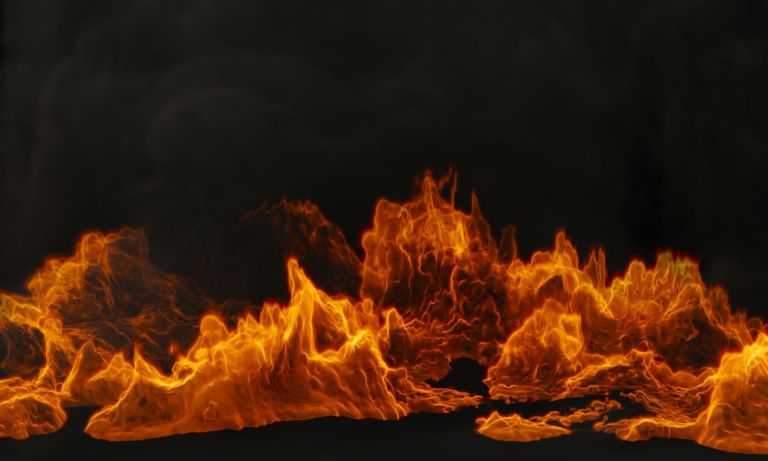Jack Butler writes for National Review Online about an interesting anniversary.
Ten years ago, … the world was supposed to end. A grain of truth — there’s usually at least a grain of truth — about the Mayan calendar (that one of its long-running cycles ended in December 2012), interpreted by New Age quackery, then morphed and transmitted by the internet, led a not-inconsiderable number of people around this time ten years ago (as much as 10 percent of the global population, according to one poll) to be open to the possibility that the world would end on December 21, 2012.
But the day has come and gone, and the world remains stubbornly intact. Before the day, the fact that the completion of a “cycle” of the Mayan calendar did not necessarily denote an apocalypse, even on that civilization’s own terms, should have given it away. On the day itself, that Australia did not suddenly vanish into a hole in the ground or something should have been the first hint that this was yet another failed prophecy of the end times. And when the night went by without the drunken antics of those who turned 21 on 12/21/12 having somehow brought about the Earth’s destruction, then we knew for sure. But the myths proliferated all the same. Technology, it seems, has not eliminated superstition; in some instances, it has merely served as a more efficient means to transmit it.
Doomsday predictions will always be with us, in one form or another. For many years, as I drove along a regular route in rural northwestern Ohio, I would pass a billboard predicting the end of the world in May 2011. Each time I passed the billboard, it would have decayed a little further, and its failed prediction would become a little more amusing. It has long since faded completely.


